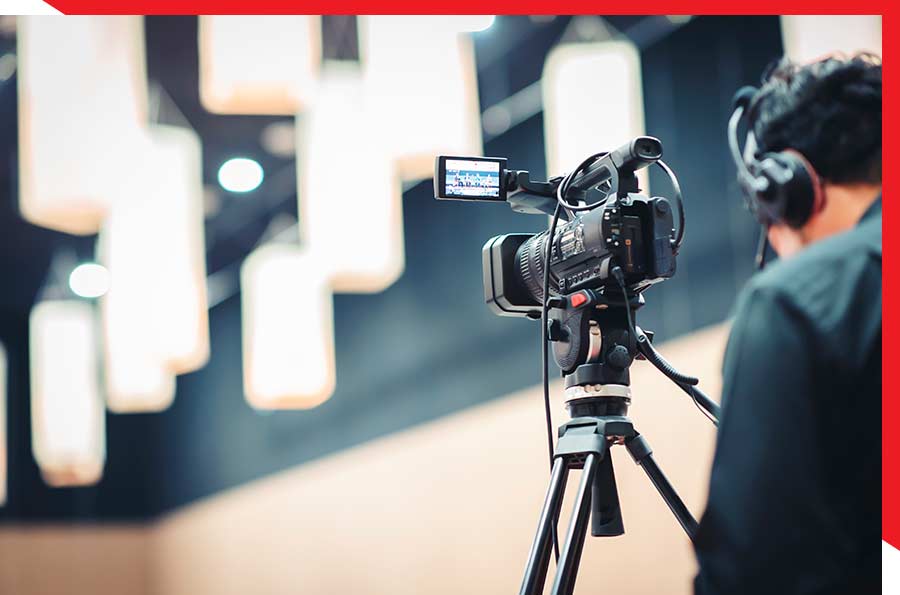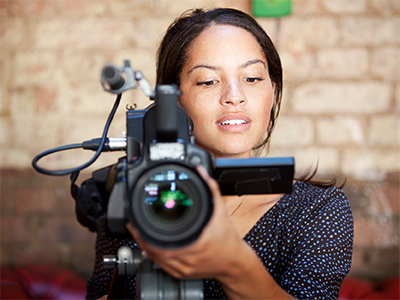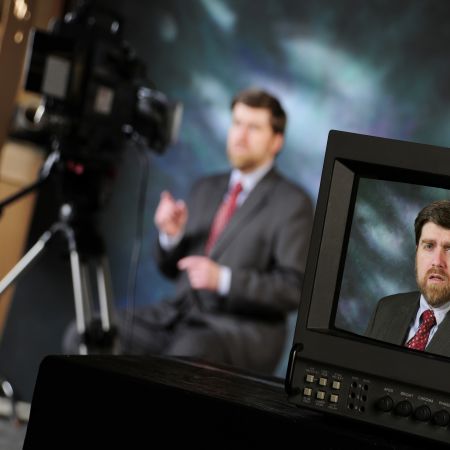Comprehending the Impact of Legal Videography on Case Outcomes
Comprehending the Impact of Legal Videography on Case Outcomes
Blog Article
Looking Into the Systems of Lawful Videography: Introduction Its Procedure in Shielding Genuine Visual Testimony for Judicial Proceedings
In the realm of judicial procedures, the role of legal videography stands as a foundation in preserving and providing visual proof. As technology proceeds to breakthrough, the systems behind legal videography have actually ended up being significantly intricate, offering an essential layer of credibility to testimonies captured on video.
Historical Development of Legal Videography
Checking out the historical progression of legal videography reveals a significant improvement in the capturing and discussion of aesthetic proof within the lawful landscape. In the past, lawful process heavily relied upon composed pictures and records to document events and supply evidence. Nonetheless, with the advent of video clip innovation, the lawful market witnessed a standard change in just how visual testimony was captured and provided.
The development of legal videography can be traced back to the late 20th century when innovations in video recording tools made it more easily accessible for use in courtrooms. This technological innovation not just improved the precision and reliability of visual proof but also revolutionized the way instances were provided to juries and judges (Legal Videography). Attorneys started to identify the convincing power of video recordings in sharing emotions, subtleties, and non-verbal cues that composed records or photos alone could not capture successfully

Technology Innovations in Video Clip Documents
What vital technical advancements have changed video documents in the lawful field? The lawful field has actually seen substantial developments in video documentation technology that have boosted the authenticity and dependability of visual proof in judicial procedures.
Moreover, developments in video clip file encryption and watermarking innovations have boosted the safety and security and tamper-proof nature of video clip proof, guarding it versus unapproved alterations or tampering. Additionally, the introduction of cloud storage options and remote gain access to abilities has structured the storage, access, and sharing of video clip proof, promoting smooth cooperation amongst legal specialists and guaranteeing reliable access to vital aesthetic testaments when required. These technological advancements in video clip paperwork have actually undoubtedly transformed the legal area, improving the precision, reputation, and admissibility of aesthetic proof in judicial procedures.
Duty of Lawful Videographers in Court Room Setups
The evolution of video documentation modern technology in the legal field has demanded a vital role for legal videographers in court room settings, guaranteeing the integrity and integrity of aesthetic testaments offered during judicial proceedings. Legal videographers play an essential role in capturing and maintaining exact aesthetic proof that can be critical in litigation. Their obligation encompasses establishing up devices, videotaping procedures, and creating top notch videos that accurately mirror the occasions in the court.
In court room setups, lawful videographers must comply with stringent standards and criteria to keep the credibility of the aesthetic record. They should possess a keen eye for detail and a complete understanding of legal treatments to make certain that the video they capture is a true depiction of the events that took place. Additionally, lawful videographers typically function very closely with legal teams to make certain that the video evidence straightens with the instance's needs and can be properly offered in court to support the legal disagreements being made. Generally, the function of lawful videographers in courtroom settings is indispensable in maintaining the concepts of justice and ensuring the transparency of lawful proceedings.

Ensuring Admissibility and Honesty of Video Clip Proof
To preserve the reputation of aesthetic evidence presented in legal proceedings, making certain the admissibility and integrity of video clip proof is a critical obligation for lawful videographers. Admissibility describes the approval of proof by the court, and for video clip proof to be acceptable, it needs to satisfy specific standards. Lawful videographers play a vital function in making sure that the video clips they catch adhere to the guidelines of evidence, such as credibility, reliability, try this site and significance.
Integrity of video evidence involves maintaining the creativity and precision of the footage from the time it is tape-recorded till it exists in court. This consists of safely saving the video documents, documenting the chain of wardship, and protecting against any kind of tampering or changes. Lawful videographers should follow strict procedures to ensure the stability of the video proof and protect against any visit this page difficulties to its authenticity.
Future Trends in Legal Videography
Given the raising dependence on modern technology in legal process, lawful videographers are positioned to embrace cutting-edge developments shaping the future of visual statement capture and presentation. Among the prominent patterns imminent is the combination of digital reality (VR) and enhanced reality (AR) innovations into lawful videography. These modern technologies have the potential to reinvent exactly how aesthetic proof exists in courts, allowing courts and courts to immerse themselves in the scene of the crime or incident.
In addition, making use of fabricated intelligence (AI) algorithms for video clip evaluation is expected to streamline the process of assessing and examining big quantities of video clip footage. AI can assist in identifying key minutes, abnormalities, and patterns within video clips, boosting the effectiveness of legal investigations.

Final Thought
Finally, legal videography has actually played an essential role in giving authentic visual proof for judicial process. Through technological innovations and the knowledge of lawful videographers, the stability and admissibility of video clip evidence are made certain in court room setups. As legal videography remains to progress, it will certainly be important to copyright standards that maintain the precision and dependability of visual statement for the future of lawful proceedings.
Taking a look at the historical progression of legal videography discloses a significant transformation in the capturing and discussion of aesthetic evidence within the lawful landscape.The development of video clip paperwork innovation in the legal area has actually required a vital role for lawful videographers in court setups, guaranteeing the honesty and reliability of aesthetic statements provided during judicial procedures. Furthermore, lawful videographers typically work very closely with lawful groups to ensure that the video evidence aligns with the case's demands and can be properly provided in court to sustain the lawful debates being made.To preserve the integrity of aesthetic evidence presented in legal proceedings, making sure the admissibility and honesty of video clip evidence is an important obligation for lawful videographers. As legal videography proceeds to advance, it will be important to copyright criteria that maintain the accuracy and reliability of aesthetic testimony for the future of lawful procedures.
Report this page